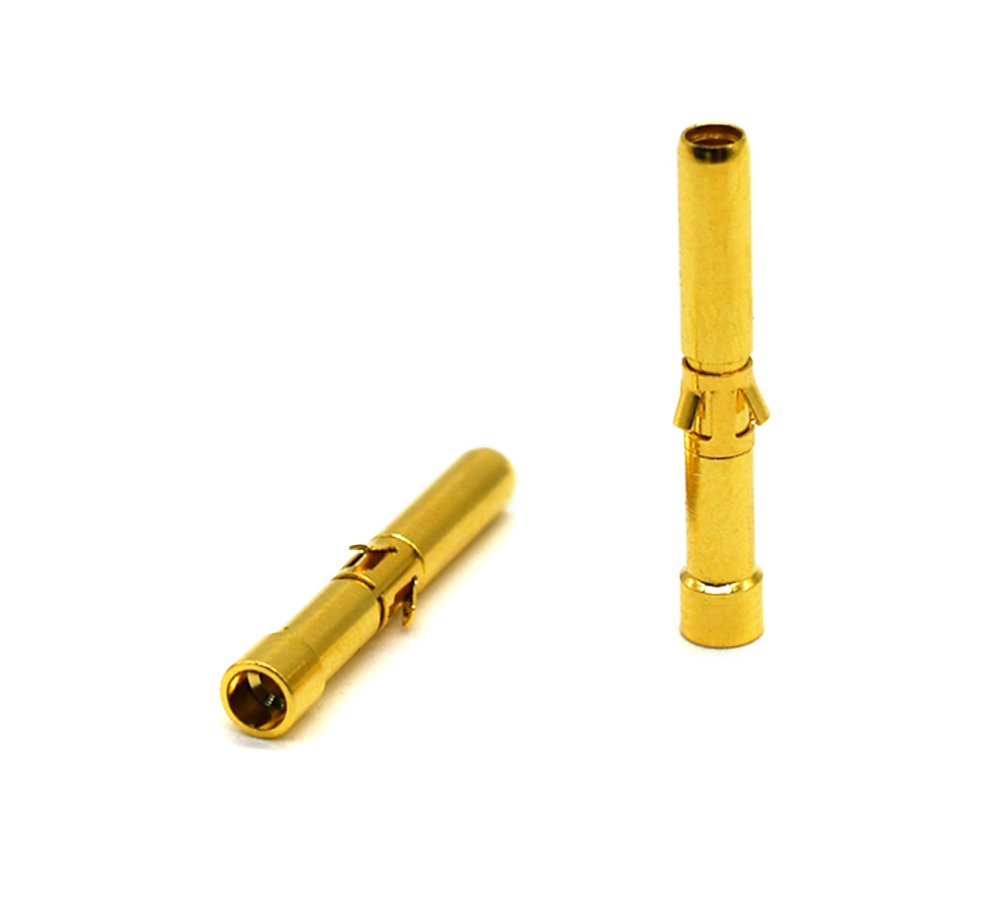Time:2025-05-16 Views:1 source:News

In the complex electromagnetic environment of modern electronics, anti - interference spring pins play a crucial role in ensuring the stable and reliable operation of printed circuit boards. These pins are specifically designed to mitigate electromagnetic interference (EMI) and radio - frequency interference (RFI), which can disrupt the normal functioning of electronic devices and degrade signal quality.
One of the key design features of anti - interference spring pins is their shielding structure. The pins are often enclosed in a metallic shield, which acts as a barrier to block external electromagnetic fields from interfering with the electrical signals transmitted through the pins. This shielding can be made of materials such as stainless steel or beryllium copper, which have excellent electromagnetic shielding properties. The shield is usually grounded to the PCB, creating a low - impedance path for any induced electromagnetic currents, effectively diverting them away from the sensitive signal lines.
Anti - interference spring pins also incorporate special insulation materials. High - quality insulating materials with low dielectric constants are used to separate the pin's conductive elements, reducing the capacitance between different pins and minimizing the coupling of electromagnetic signals. This helps to prevent crosstalk, where signals from one pin interfere with signals on adjacent pins, ensuring that each pin can transmit its signal accurately without distortion.
In addition, the design of the pin's tip and contact surface is optimized to reduce electrical resistance and signal loss. Smooth and precise contact surfaces ensure good electrical conductivity, minimizing the generation of electrical noise during signal transmission. Some anti - interference spring pins also feature a special plating on the contact surface, such as gold or nickel plating, which further improves the electrical contact quality, reduces oxidation, and enhances the pin's resistance to environmental factors that could cause interference.
Moreover, anti - interference spring pins are often designed with specific impedance - matching characteristics. By carefully controlling the electrical impedance of the pins, they can better match the impedance of the connected circuits, reducing signal reflections and minimizing interference. This is particularly important in high - speed digital circuits, where even small impedance mismatches can lead to significant signal degradation and electromagnetic interference.
Read recommendations:
US standard to European standard charging gun adapter (without screws)